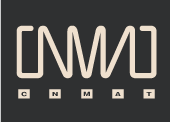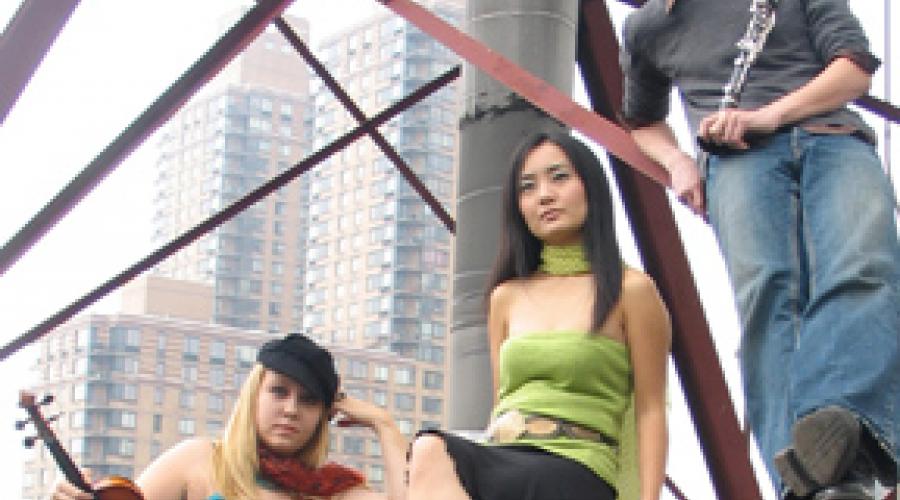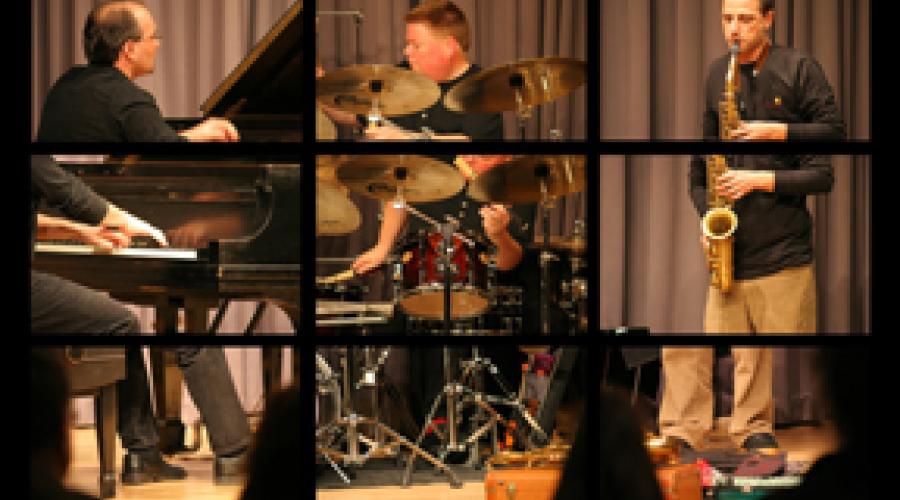Archive
CNMAT Flashback
A look back at some items in our archives.
The ZODIAC TRIO
Zen Widow
Archive Browser
Extensions and Applications of the SDIF Sound Description Interchange Format
Center for New Music and Audio Technologies (CNMAT): Studio Report
A New Music Keyboard featuring Continuous Key-position Sensing and High-speed Communication Options
An Open Architecture for Real-time Music Software
Analysis/Synthesis Comparison
CNMAT Studio Report
Center for New Music and Audio Technologies (CNMAT):
Studio Report
Richard Andrews
Center for New Music and Audio Technologies (CNMAT)
University of California, Berkeley
Abstract
Live interactive computer music and performance practice
A live‐performance musical instrument can be assembled around current lap‐top computer technology. One adds a controller such as a keyboard or other gestural input device, a sound diffusion system, some form of connectivity processor(s) providing for audio I/O and gestural controller input, and reactive real‐time native signal processing software. A system consisting of a hand gesture controller; software for gesture analysis and mapping, machine listening, composition, and sound synthesis; and a controllable radiation pattern loudspeaker are described.
A Fixed-Point Recursive Digital Oscillator for Additive Synthesis of Audio
An Open Architecture for Real-Time Audio Processing Software
Audio Applications of the Sound Description Interchange Format Standard
Cross-Coding SDIF into MPEG-4 Structured Audio
Cross-Coding SDIF into MPEG-4 Structured Audio
Matthew Wright, Eric D. Scheirer
Center for New Music and Audio Technologies, UC Berkeley,
matt@cnmat.berkeley.edu
Machine Listening Group, MIT Media Laboratory,
eds@media.mit.edu
Gestural Control of a Real-Time Physical Model of a Bowed String Instrument
The Center for New Music and Audio Technologies (CNMAT): Studio Report
Center for New Music and Audio Technologies (CNMAT) Studio
Report
Richard Andrews
CNMAT, UC Berkeley, 1750 Arch St., Berkeley, CA 94709
A Direct Adaptive Window Size Estimation Procedure for Parametric Sinusoidal Modeling
Virtual Digital Signal Processing in an Object-Oriented System
Timbre and the perceptual organization of musical patterns
Timbre, usually defined as the condition of attributes other than pitch, loudness, and duration, plays a strong role in determining the perceptual organization of musical patterns. Timbre's primary organizational influence appears to be on perceptual grouping, as in auditory stream segregation and rhythmic segmentation. Grouping by timbre can influence the tonal implications of otherwise ambiguous pitch material.
MIMIC, A Custom VLSI Parallel Processor for Musical Sound Synthesis
Soft computing for real-time control of musical processes
In this paper, we present soft computing tools and techniques aimed at realizing musical instruments that learn. Specifically we explore applications of neural network and fuzzy logic techniques to the design of instruments that form highly personalized relationships with their users through self-adaptation. We demonstrate techniques for adapting sensor arrays and techniques for realizing highly expressive real-time sound synthesis algorithms.



